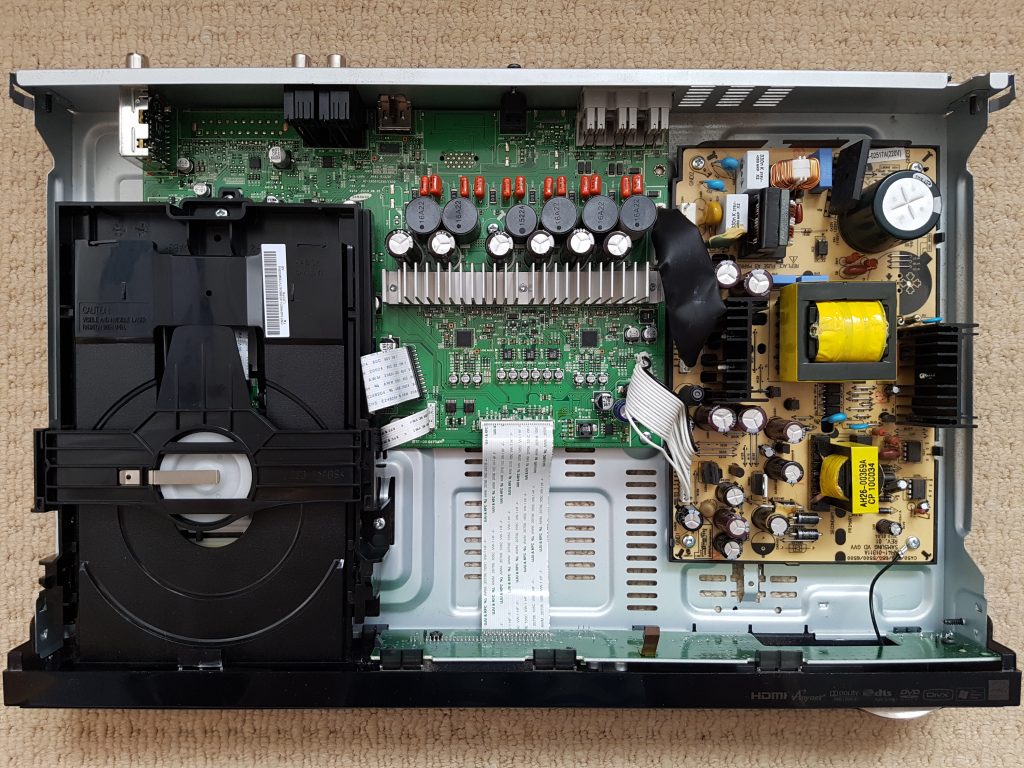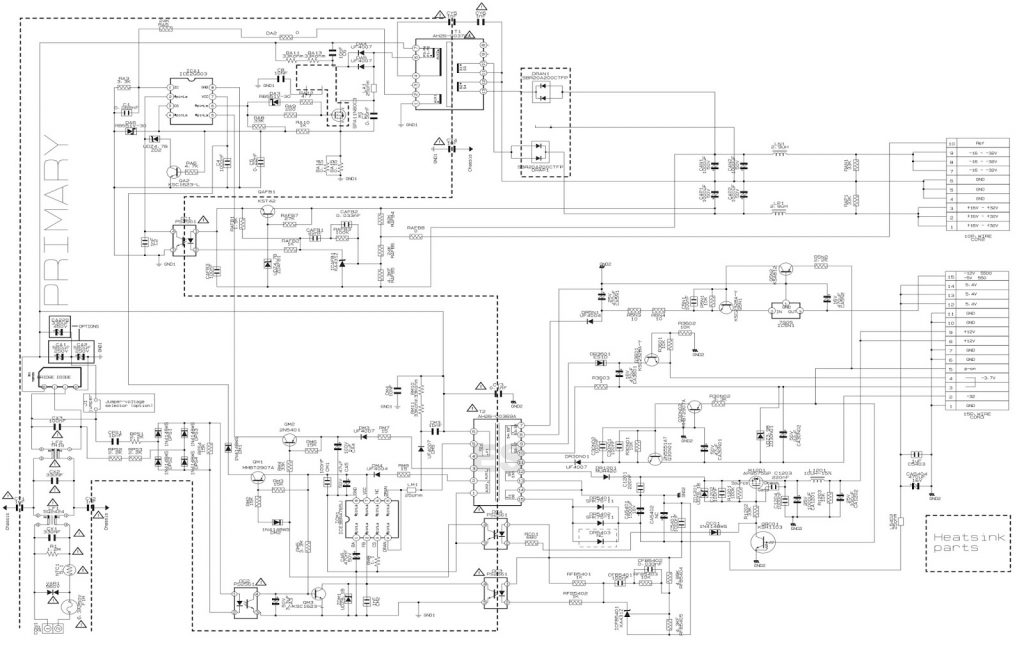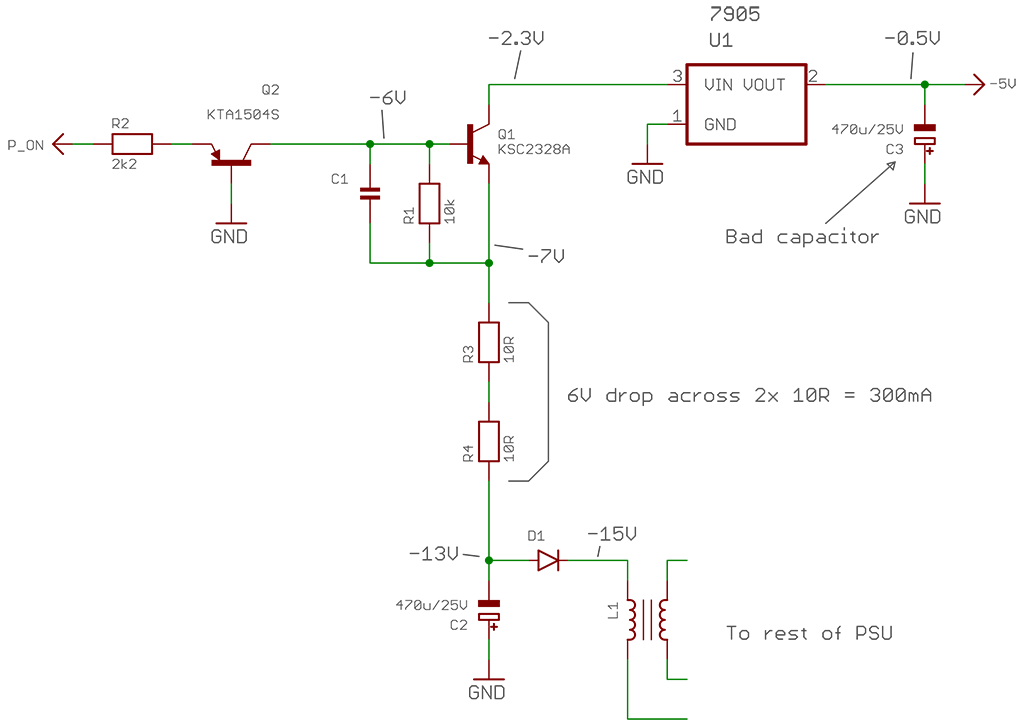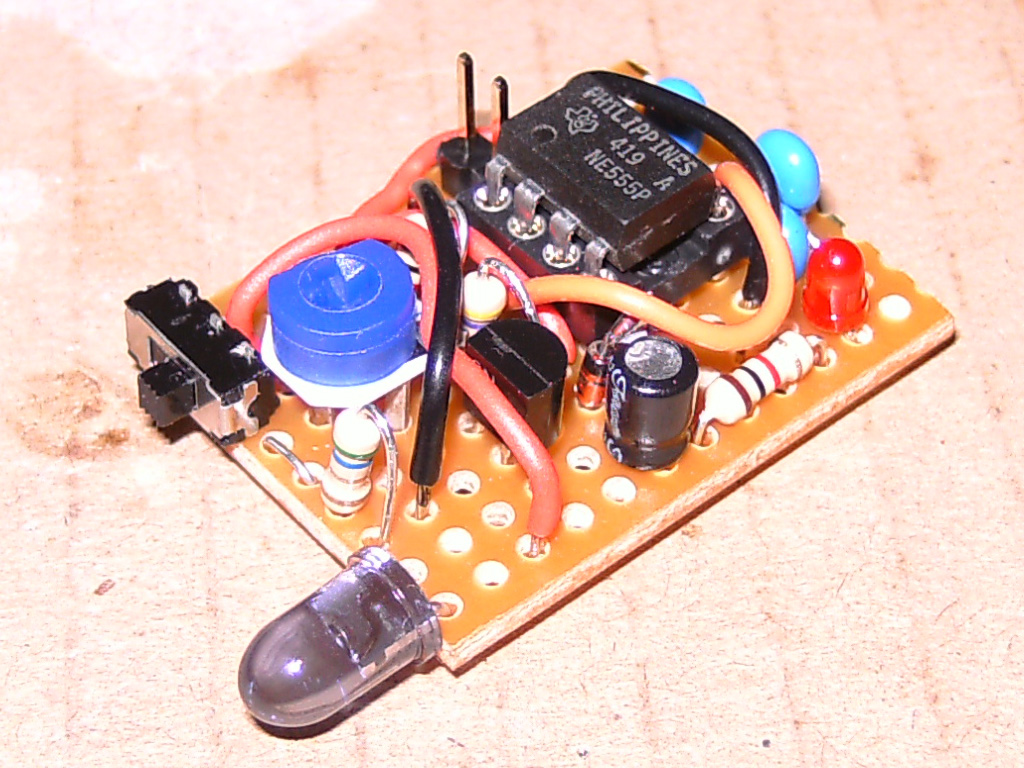Successful Repair of Samsung HT-C460 Home Theater System: Capacitor Failure Diagnosis and Repair
My old Samsung HT-C460 home theater system has suddenly started going into protection mode – it displays “PROT” on the screen and then shuts down after a few seconds. I haven’t used its DVD player function for years, only using it to transmit TV audio, but I want to try to diagnose and repair it to extend its lifespan.

I carefully opened up the device and methodically checked for any burnt components, such as commonly seen bloated capacitors, but didn’t find anything out of the ordinary at first glance. I then checked the power supply area, verifying that the output voltages were correct, which are usually printed on the PCB. As a result, I discovered that the -5V rail was only outputting around -0.5V, which seemed very suspicious.

A bit of reversing engineering and probing around the power supply’s -5V rail resulted with this schematic and voltage readings:
I later searched for the part number of the PSU board “AH41-01311A” and found the full schematic anyway,

A 6V drop across two 10R resistors indicates a current consumption of 300mA. This also means that each resistor is dissipating 900mW of power, which is too much for its small 0805 package. It’s…










